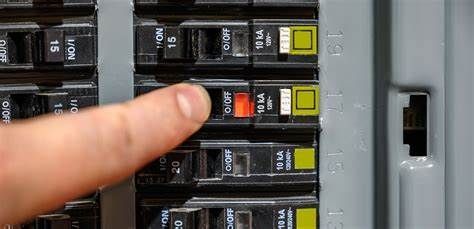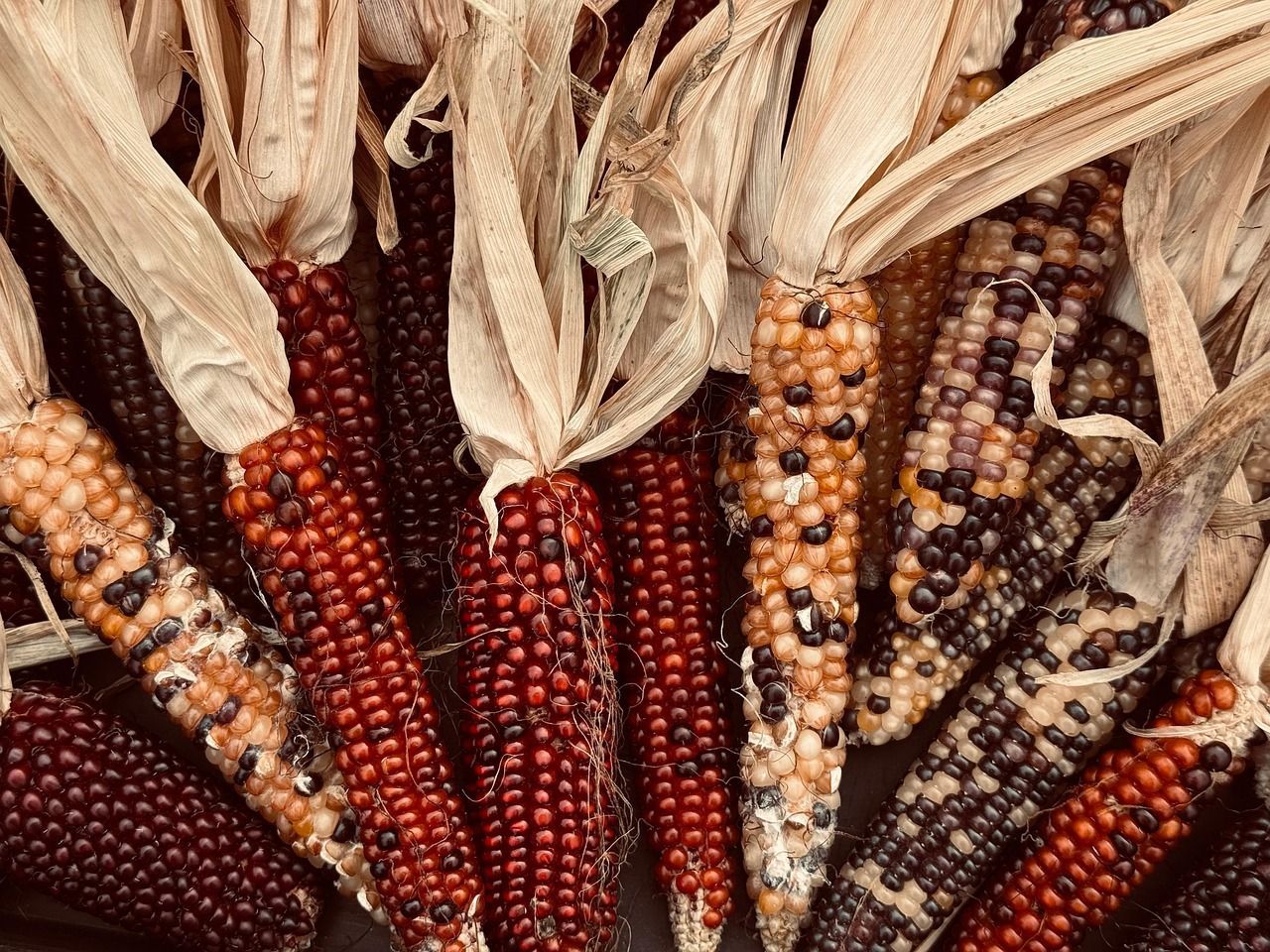Spring Electrical Safety Tips
March 22, 2024
Spring Electrical Safety Tips
Spring is just around the corner, and as the temperatures continue to rise, most of us will be spending more time outside. Spring is the start of the outdoor busy season. Between gardening, or doing yard work, you want to make sure you are being safe when using electricity.
Keep cords and wires dry:
You want to make sure you keep the pools, garden hoses, and sprinklers away from any electrical appliance or equipment.
Be aware of power lines:
Trimming trees is a typical spring activity. Make sure when you are up on a ladder trimming trees or doing any roof work, to make sure there aren’t any wires that are low nearby.
Inspect power tools and any electric lawn tools for damages:
If you are inspecting your tools for the first use of the spring, there are a few things you should keep a look out for. Any frayed wires, normal wear and tear, or loose connections should be fixed before use. If you can’t get them fixed right away, make sure you store them in a dry place to avoid any more damages.
Digging?
If you are planning on digging for a new garden, flower bed, or whatever the project is, make sure you call 811. There may be underground wires and if you call 811
they will come out and mark any underground wires or pipes so you can safely finish your project.
Mowing on wet grass?
If you use an electric mower, it is best to make sure you are not mowing the lawn after a rainstorm. Water and electric don’t mix. Make sure if your mower uses an extension cord, that is rated correctly to use. Check this website
for the best outdoor extension cords of 2024.
Storage
Clean and store your tools correctly when you aren’t using them. Keep them unplugged and stored in a dry place to ensure longevity of the tool.
So, whether you are doing yard work, maintenance, or just enjoying the nice weather, spring is a great time to be outside. If you follow these safety tips, you will be ready to have a safe and productive spring season. Just take precautions when using electrical equipment or working near the power lines.
If there is a spring electrical project that you can’t do yourself, give us a call
or request a service
online today!


Noticing your lights flickering lately? Whether it's just a quick blink or a persistent issue, flickering lights aren't something to ignore. While some causes are harmless, others can be a sign of a much bigger electrical problem lurking behind your walls. We believe in addressing electrical issues early—before they turn into safety hazards. Here’s what flickering lights could mean, and when it’s time to call in a professional: ⚠️ Loose or Faulty Bulbs Let’s start simple. Sometimes, flickering is just a matter of: A loose bulb in the socket An incompatible bulb, especially with dimmer switches A bad connection between the bulb and socket contacts 🛠️ Try turning the bulb off, tightening it, or replacing it with a fresh one. If the problem stops—great! If not, keep reading. ⚡Overloaded Circuits Do your lights dim or flicker when you run the microwave, HVAC system, or vacuum cleaner? This could mean: A circuit is overloaded and struggling to supply enough power Your electrical panel may be undersized or outdated for your current energy needs ⚡ Solution: An electrician can evaluate your system and recommend upgrades, such as a panel replacement or circuit expansion. 🔌Faulty Switches or Loose Wiring Flickering in a single fixture—especially when touched or adjusted—may point to: A loose connection in the light switch Frayed or deteriorating wires behind the wall A faulty fixture that’s wearing out 🔥 Loose wires can generate heat and even lead to electrical fires—don’t delay an inspection if this sounds familiar. 🏡 Whole-House Flickering Lights flickering throughout your home? This could signal: Issues with your electrical panel or main service line A failing main breaker Problems with the utility company’s supply line This is a more serious issue that requires a licensed electrician’s immediate attention. ⚠️ Never ignore widespread flickering—it’s often a sign of a potentially dangerous voltage problem. 🌩️Power Grid Fluctuations or Storm Impact Sometimes flickering comes from outside your home. Storms, power line damage, or utility equipment issues can all cause fluctuations in your service. We have a blog about how to set your house up for stormy weather. Check it out here ! While these may resolve on their own, frequent or prolonged issues should still be evaluated to protect sensitive electronics and ensure safety. 🧑🔧 When to Call a Pro If flickering lights happen often, are unpredictable, or are accompanied by: Burning smells Buzzing from outlets or panels Warm switches or outlets Tripping breakers 👉 It’s time to call a licensed electrician.

Thanksgiving today is a warm, cozy holiday filled with good food, family, and football. But imagine trying to pull off your Turkey Day traditions without electricity—no oven, no lights, no parade on TV, no fridge full of leftovers! Electricity plays a huge part in how we celebrate Thanksgiving now, and it’s easy to forget that it wasn’t always this way. Let’s take a little journey through history to see how far we’ve come—and how power has changed the way we celebrate the season. 🕯️ Before the Flip of a Switch: Thanksgiving in the 1800s When Abraham Lincoln declared Thanksgiving a national holiday in 1863, most homes relied on oil lamps, wood stoves, and hand-powered kitchen tools. Cooking a full Thanksgiving meal meant: Chopping wood for fuel Baking pies in cast iron ovens Storing perishables in iceboxes, not refrigerators Lighting the dinner table with candles or gas lanterns There were no electric carving knives, no slow cookers, and certainly no "smart ovens." ⚡ The Spark of Modern Comfort: Electricity Enters the Scene Electric power began lighting up American homes in the late 1800s, but it wasn’t until the 1920s–30s that electricity started becoming more common in middle-class homes—just in time to revolutionize the Thanksgiving experience. Electric ovens made cooking faster and more precise Refrigerators extended food storage Electric lighting meant more family and guests could gather late into the evening Radios and, later, televisions brought entertainment to the holiday table Fun Fact: The first Macy’s Thanksgiving Day Parade with a television broadcast aired in 1948—and it’s been a Thanksgiving staple ever since! 🦃 Thanksgiving in the Age of Smart Homes Fast forward to today, and we’re cooking turkeys with Wi-Fi ovens, setting timers with smart speakers, and managing the entire meal with a phone app. Modern Thanksgiving might include: Programmable smart thermostats to keep guests comfortable LED holiday lights that save energy and reduce fire risk Backup generators ensuring nothing interrupts the big meal EV chargers for guests arriving in electric vehicles Watching the game in 4K while the robot vacuum cleans up crumbs 💡 We’re Thankful for Progress—and for You We’re grateful for the modern power that keeps our homes safe, warm, and full of life—especially around the holidays. And we’re even more thankful for the customers and community who trust us to keep that power flowing year-round. Whether you're upgrading your kitchen, installing smart devices, or making sure your panel is ready for holiday guests, we’re here to help. Contact us for a pre-holiday electrical inspection or service—so your Thanksgiving can be powered by peace of mind. Wishing you a bright, warm, and happy Thanksgiving from all of us at KrisLee Electric! 🦃



Share On: